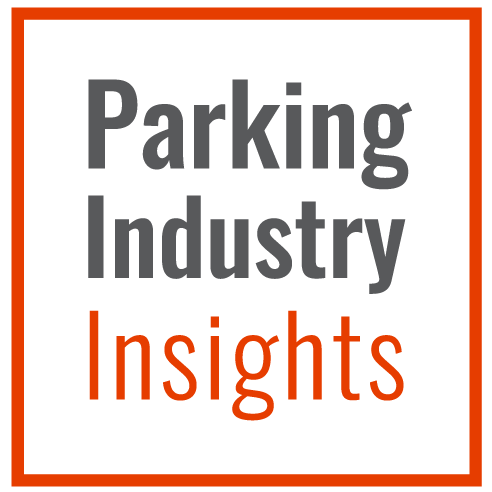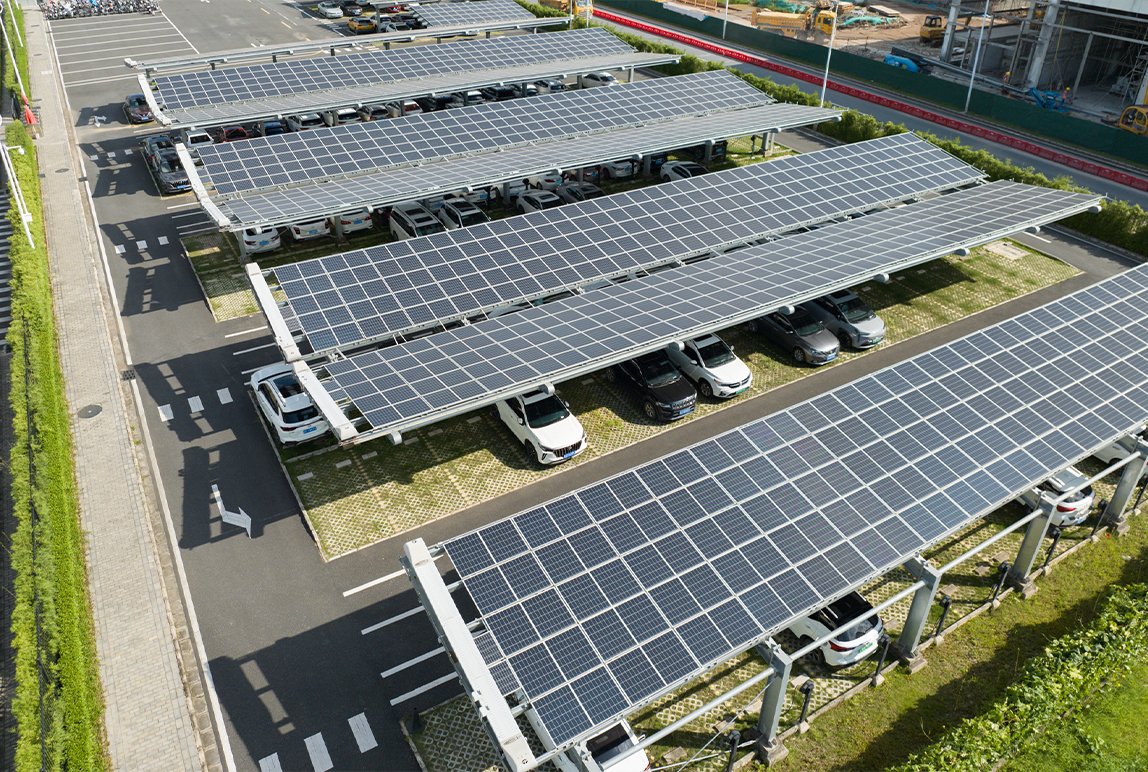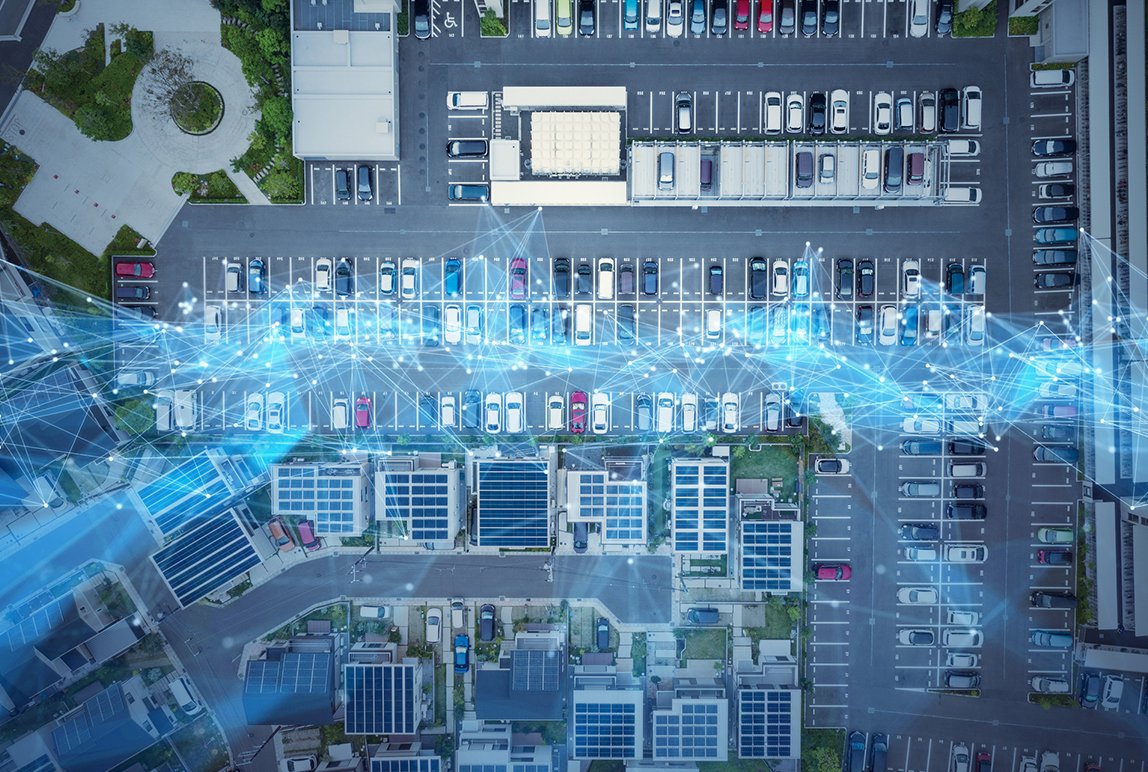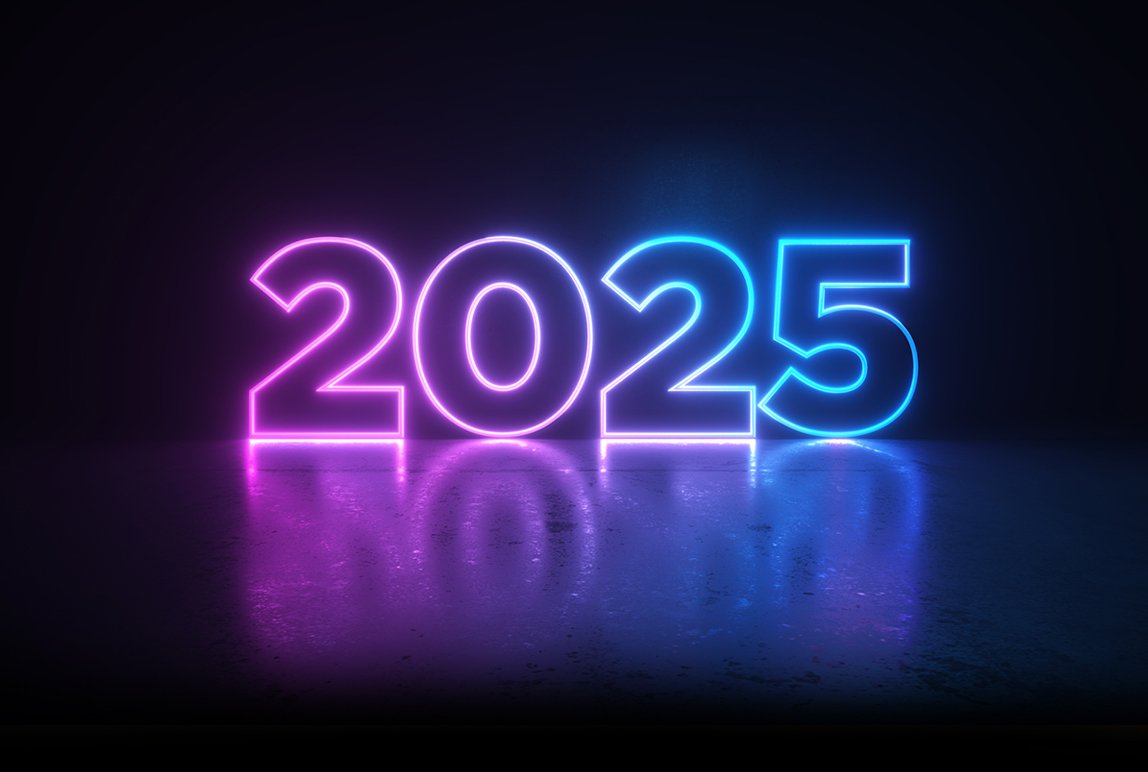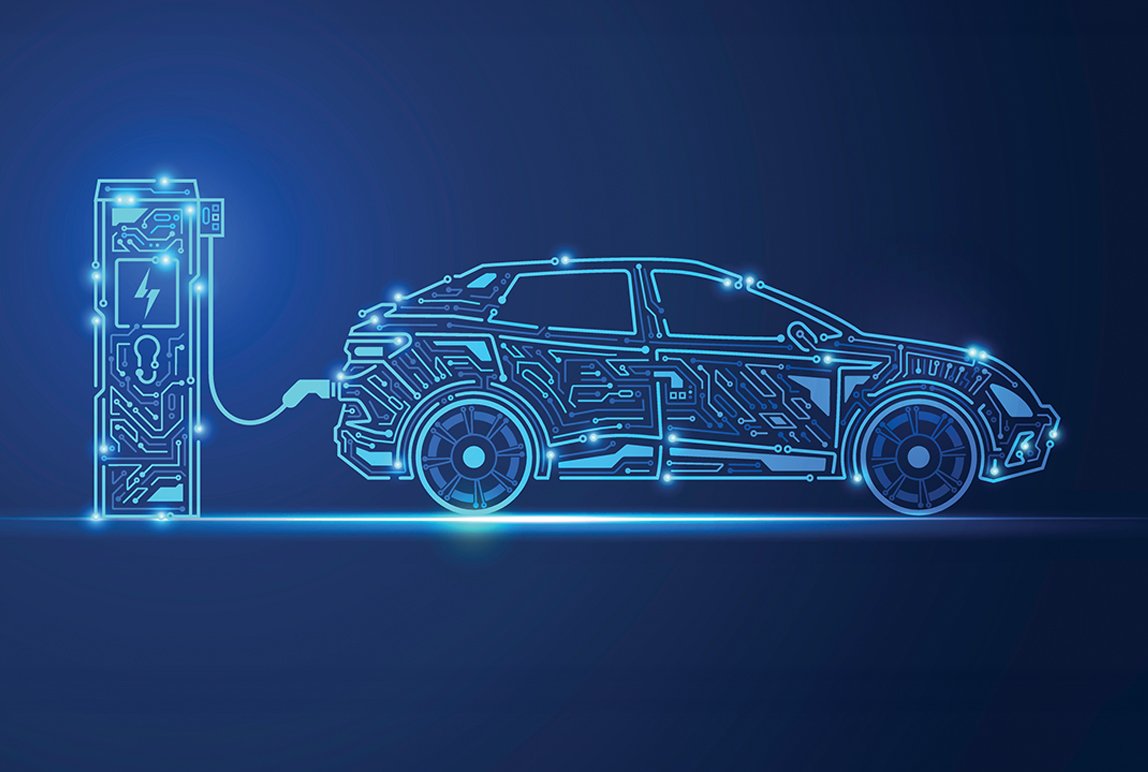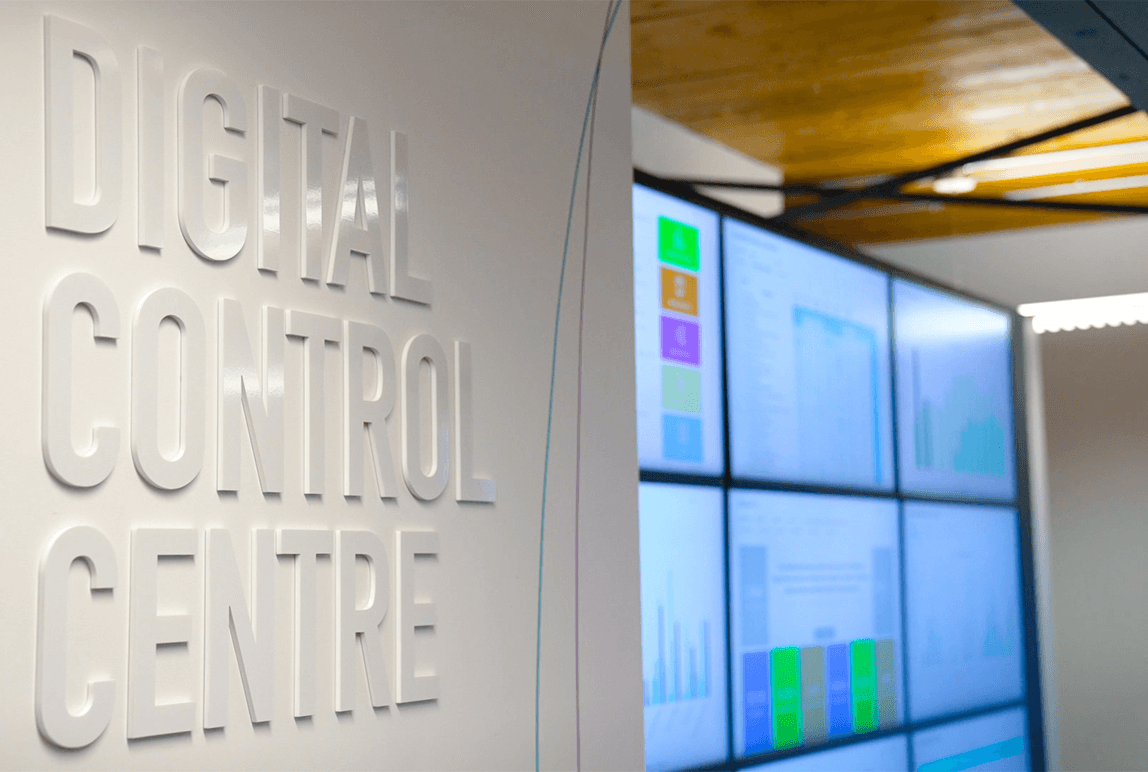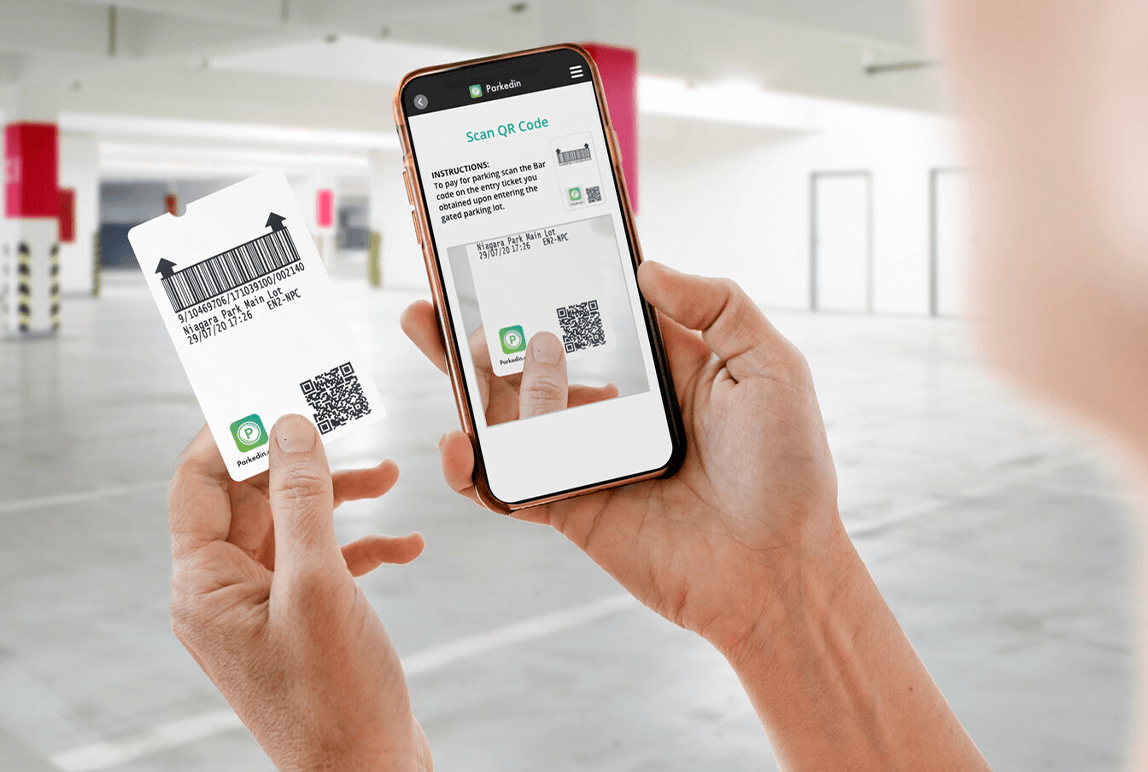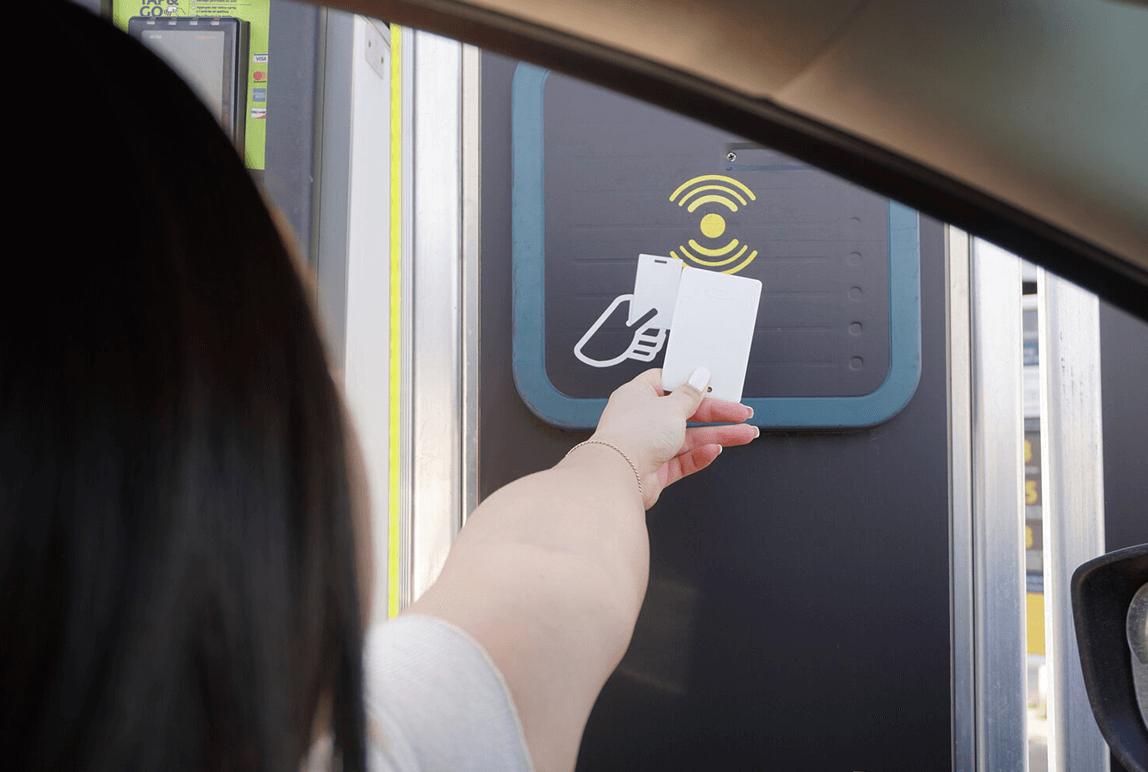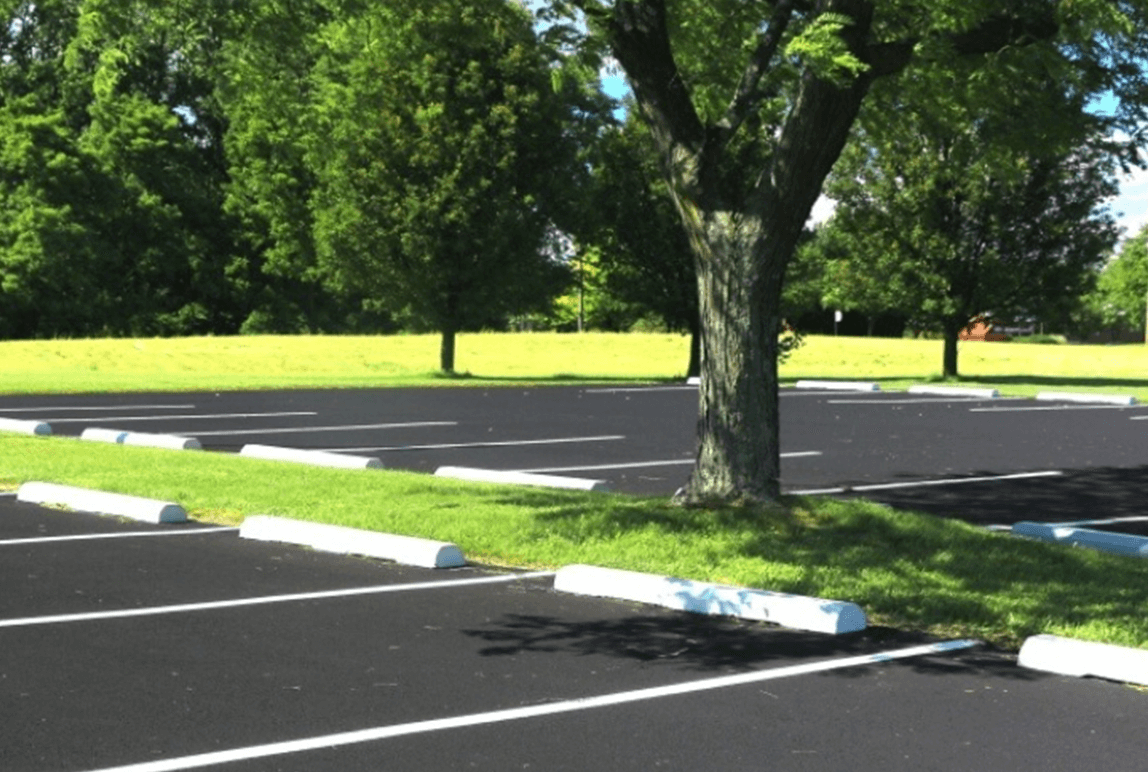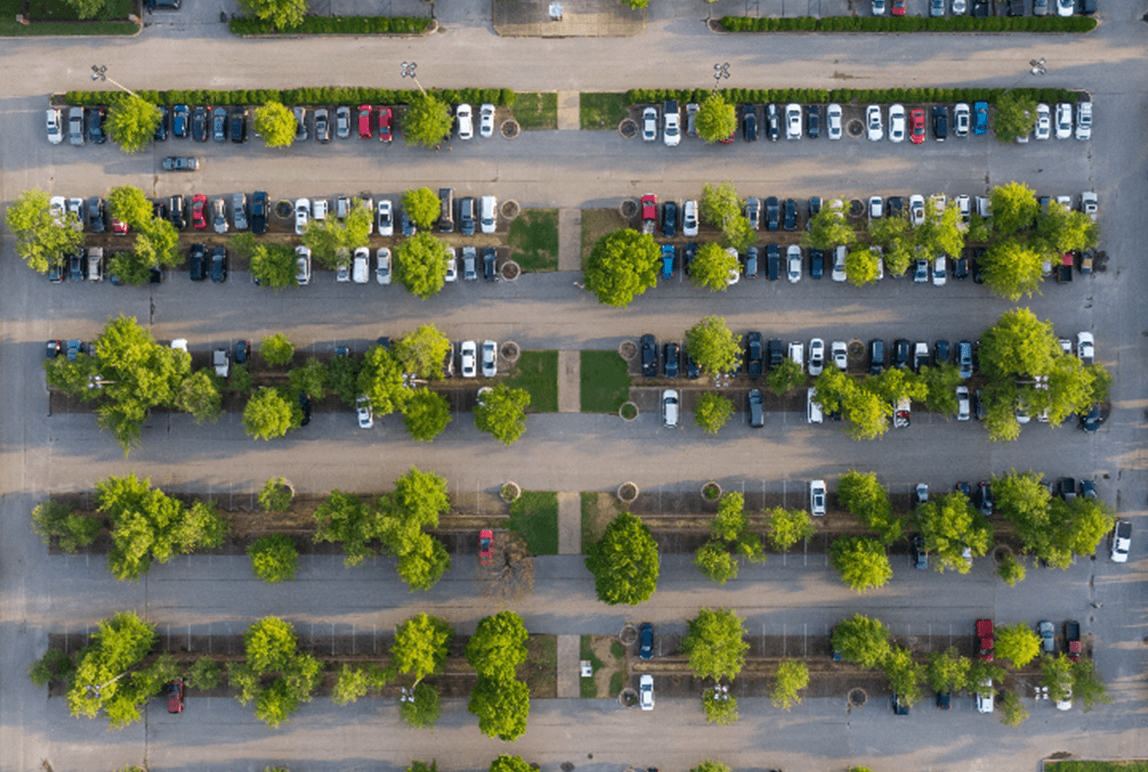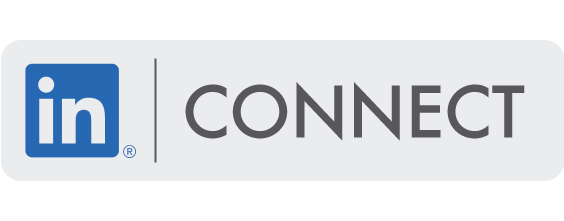How Can Parking Guidance Improve Traffic Flow in my Parking Facility?
Posted: Sept, 22, 2020 9:45AM ET • 4 min read
When drivers arrive at a parking facility, they are typically stressed and in a hurry. They want to find a desirable space quickly and be on their way. While also hoping the departure experience will be as smooth and stress-free as possible. Unfortunately, the higher the volume of visitors the more likely that a traffic jam will ensue, costing patrons valuable time as they search for a parking space. These traffic jams most often occur due to poor guidance, prolonged search and park times, slow turnover, and driver confusion. Parking guidance solutions combine wayfinding signage, smart-sensors, and car locator features to combat these common parking challenges and improve traffic flow in any garage. From the start of the parking journey to the end, these systems aim to provide the navigational tools necessary to streamline traffic.
Wayfinding Signage: Providing guidance at every key decision point.
Wayfinding signage is a crucial element of every PGS. Ensuring that customers are treated to an unprecedented level of guidance from the moment they arrive to the moment they exit the facility, this signage delivers the direction parkers need in order to make smarter, quicker decisions and avoid unnecessary confusion. Upon arrival, exterior and entry wayfinding signage will display vacancy counts that help parkers choose the ideal parking level. After entering the facility, interior wayfinding signage and directional in-aisle pointers provide follow-up parking guidance, helping parkers make on-the-spot decisions within a chosen level. This signage ensures that visitors receive accurate and detailed information, removes uncertainty from the journey, and decreases the amount of time vehicles spend trying to figure out which way to go. When parkers know where they are going, there is no need to circle the facility searching for empty aisles, braking unnecessarily and slowing traffic while attempting to infer where spots might be available, instead they can drive with a purpose. As parkers travel more seamlessly through the facility, traffic moves at a steady pace rather than backing up in a domino effect as cars drive around aimlessly.
Smart-Sensors: Decreasing search and park times.
After the wayfinding signage directs parkers to the chosen parking level and aisle, smart-sensors take over the guidance process as their bright colour-coded LEDs quickly signal parkers to open spaces. Additionally, if parkers are seeking a specific type of spot (permitted parking, handicap spaces, premium bays, etc) smart-sensors have the capability to change to different colours to obviously indicate these parking opportunities, removing all guesswork from the parking journey. The colour-coded smart-sensors seamlessly guide parkers through the facility, guaranteeing reduced search and park times and decreased traffic. According to a science-based benchmarking study on time-to-park conducted by Park Assist in collaboration with the Brisbane Airport Corporation (BAC), Park Assist found that the combination of our advanced wayfinding signage and the bright signaling LEDs on our smart-sensors reduced the average time-to-park anywhere from 36% to 63%. Additionally, these smart-sensors also send occupancy data to the wayfinding signage throughout the facility so that the signs display the most up-to-date intelligence and parkers can make the most informed decisions.
Car Locator Add-ons: Completing the Guidance Loop and Ensuring an Easy Exit
Slow turnover in parking facilities can also result in increased traffic congestion. When customers return to garages in search of their vehicles, this can often be a long and frustrating process. They become confused, concerned that the car might have been stolen, and end up spending unnecessary time worrying and searching for their lost vehicle. It not only impacts the customer’s experience, but the longer parkers take to locate their car, the longer it takes for those spaces to become available to the next group of drivers, diminishing the efficiency of the facility and increasing parking congestion. However, PGS technology can end “lost-my-car-syndrome” by incorporating software add-ons that enable parkers to use either mobile apps or enabled kiosks within the facility to search for their missing car. They simply enter their license plate number into the system and it scours a database of parked vehicles to pinpoint the exact location of their car, providing detailed guidance on where to find their vehicle and how to get there This significantly reduces the amount of time the car takes to exit the facility and increases the rate of parking turnover.
As the parking garage is both the first and last touchpoint of the customer experience, guaranteeing that visitors can navigate the garage quickly and simply will not only improve traffic flow, but it will in turn help build customer loyalty and satisfaction. Parking Guidance Systems are carefully curated solutions aimed at combatting prolonged parking search times, increased traffic and driver confusion. By addressing these issues, this technology provides garages with a unique solution to improve traffic flow, maximize garage efficiency, and enhance customer satisfaction.
Share Article:
ABOUT THE AUTHOR
Park Assist is the parking industry leading camera focused innovator with the most camera based parking guidance installations in the world. Our technology helps customers effortlessly find parking spaces in real-time as well as find their cars when they return. Simultaneously, we provide parking operators with tools to improve customer satisfaction, create new revenue opportunities, realize greater operational control, capture parker analytics and expand CCTV capabilities.
Questions?
Fill out the form below and we will do our best to connect you with a suitable contact.
